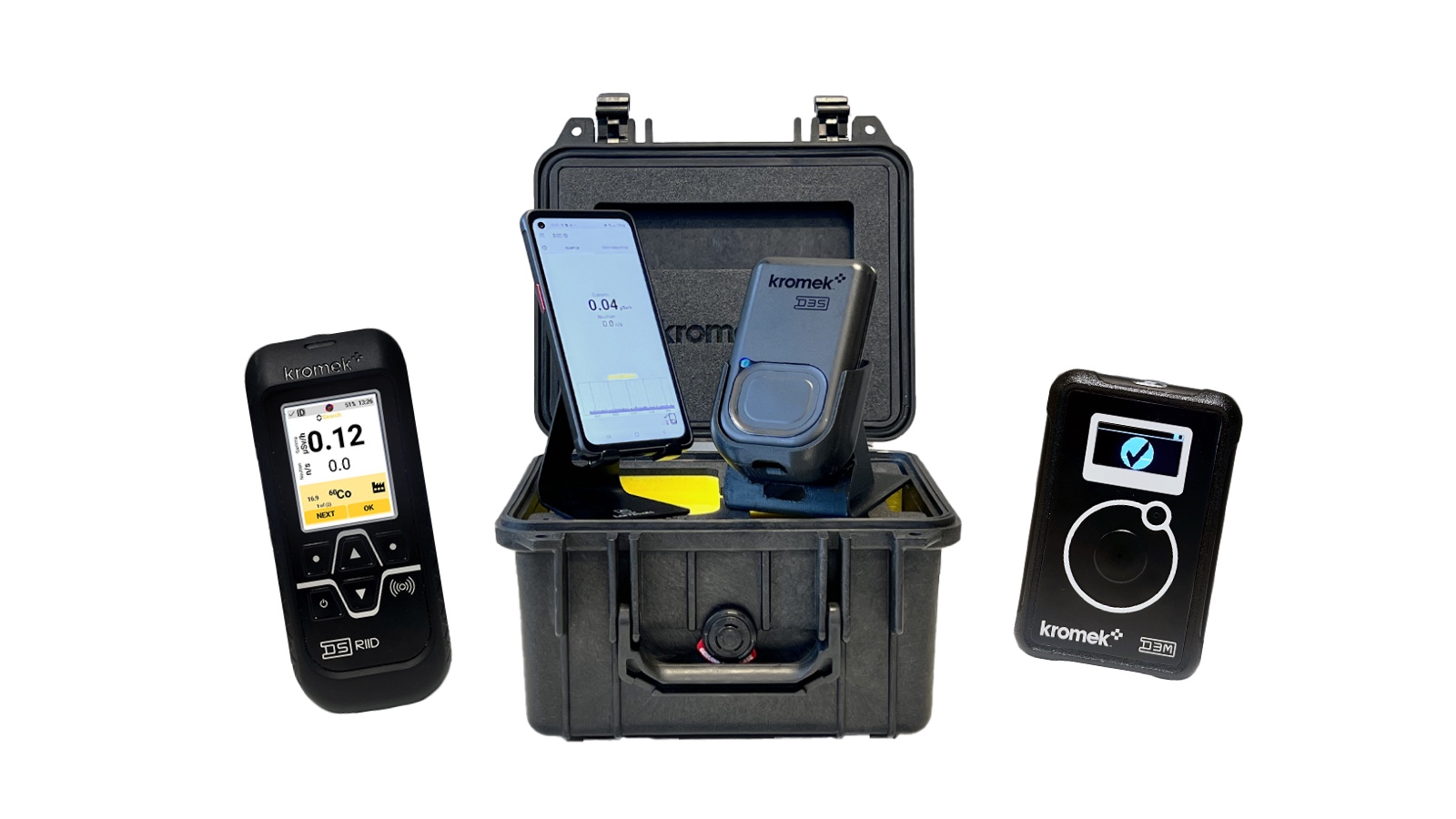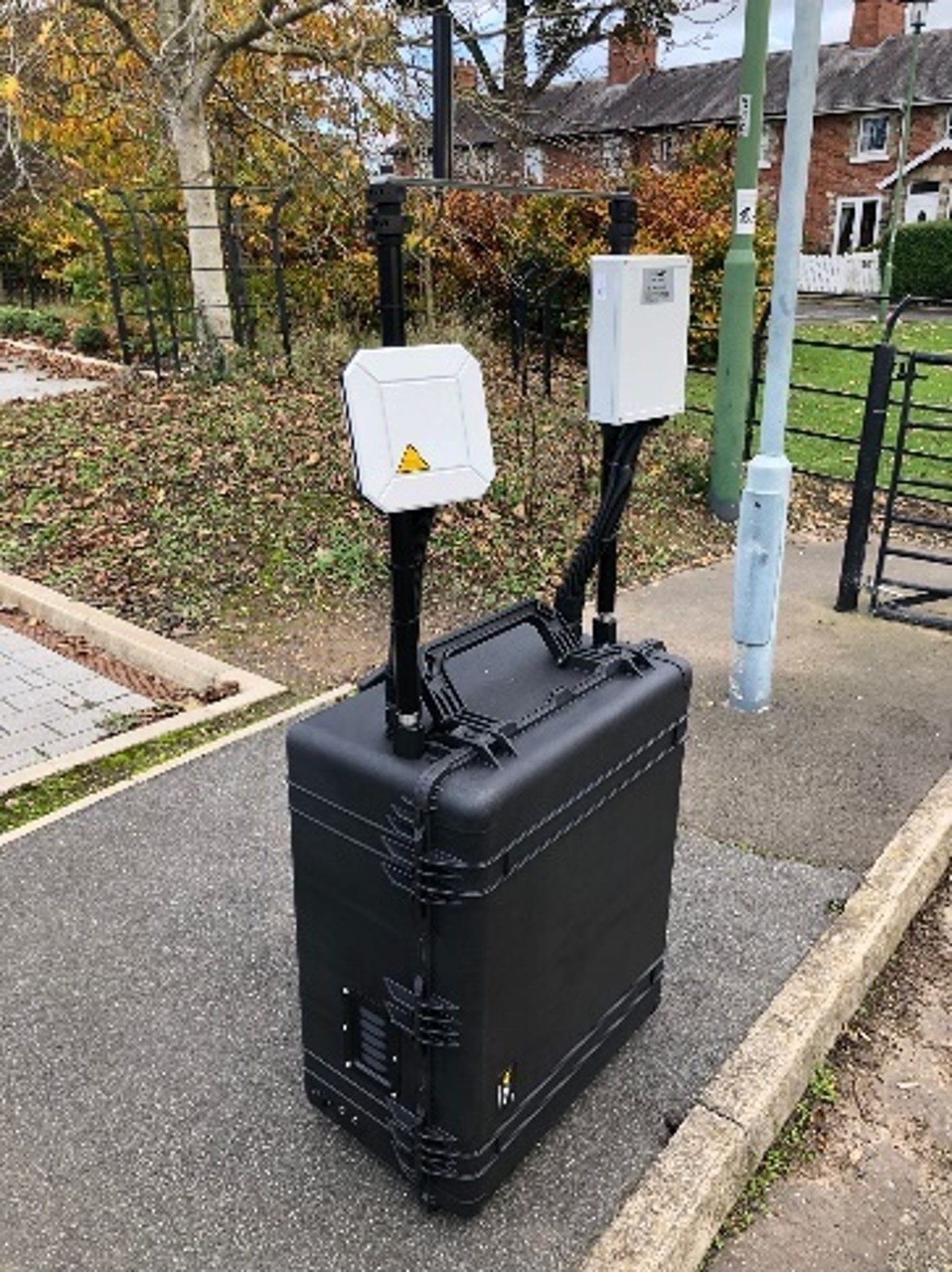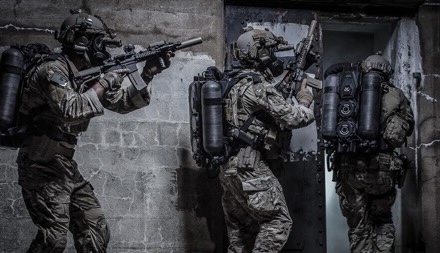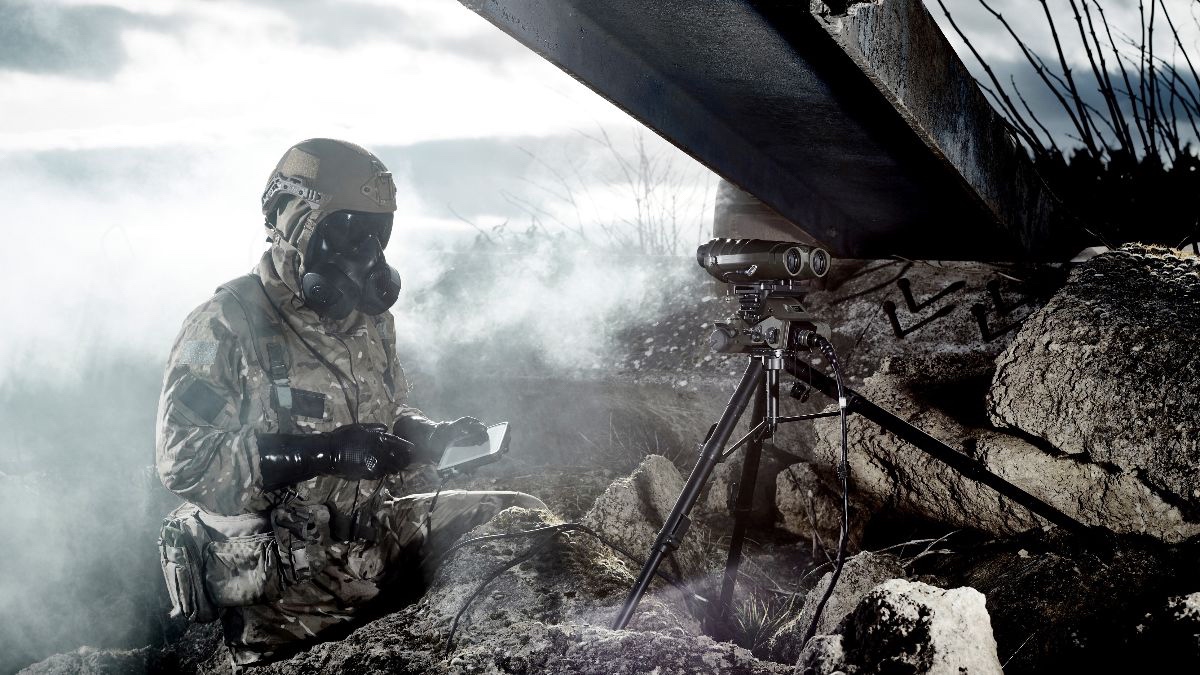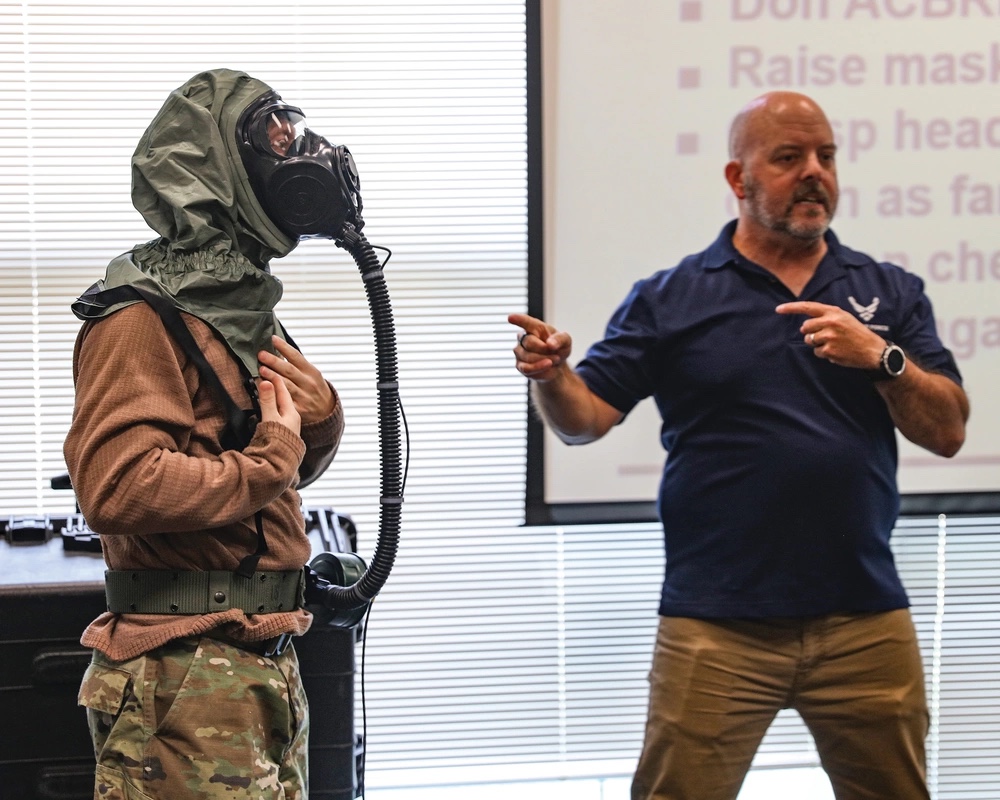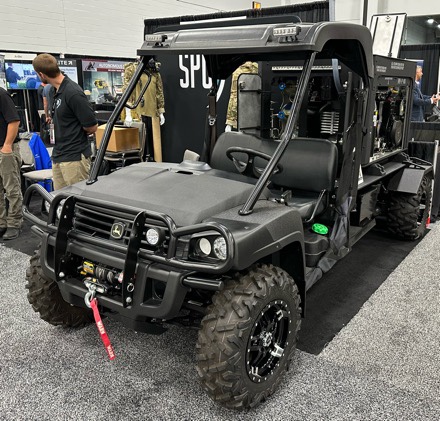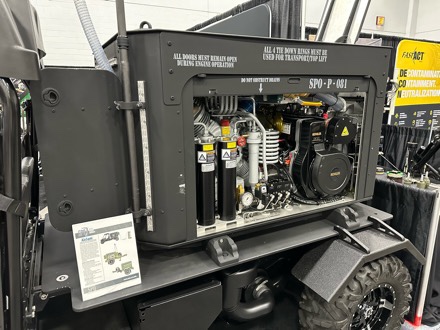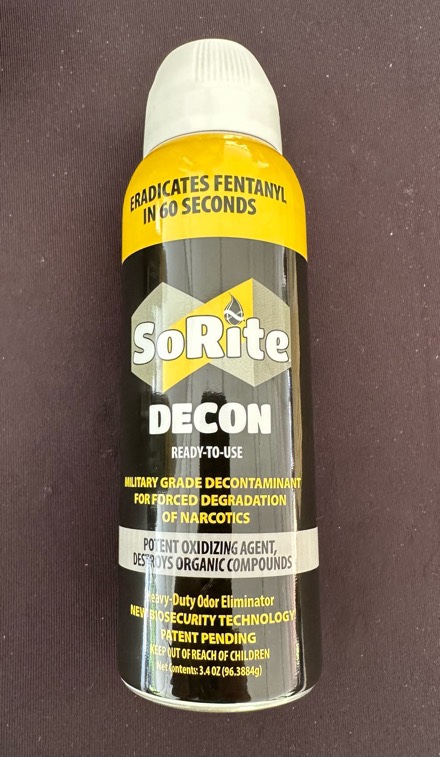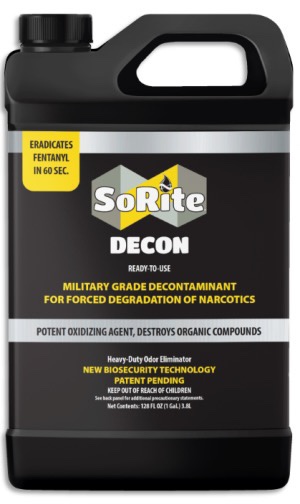
ABERDEEN PROVING GROUND, Md. — Army researchers have developed an innovative design for immediate on-the-ground chemical and biological assessment, giving traditional everyday laboratory equipment a new purpose for Soldiers in the field.
The invention, known as the pocket detection pouch, or PDP, was granted a patent on July 26, 2023, for its unique design that enables a one-way flow of a chemical or biological liquid sample that can be assessed and preserved in a lightweight, pocket-sized pouch.
The invention itself was deliberately designed to be “low-tech,” with the purpose to provide simple, immediate, and easily readable test results in the field while reducing the size, weight, and burden that traditional detection equipment imposes on the warfighter.
The idea for the PDP began at the U.S. Army Combat Capabilities Development Command Chemical Biological Center and was brought forward through the collaboration of two researchers at the organization — Ms. Kelley Betts and Dr. Jennifer Sekowski.
Betts, a research scientist and an Army wife, understood that every ounce carried by a Soldier during deployments matters, and wondered if there was a way to combine both a chemical and biological detection capability into a single, easy-to-use platform using something readily accessible — like an inexpensive plastic bag.
She decided to use her knowledge and expertise to develop a customizable chemical and biological assessment tool that was small, lightweight and could fit easily in the pocket of every warfighter. Betts developed the initial prototype in her kitchen using everyday resealable sandwich bags and a heat-sealer. “I found a way to come up with multiple individual chambers within the bag, and that’s how the one-way flow for liquids was born,” said Betts.
In this episode of CB Defense Today, public affairs specialist, Jack Bunja, interviews Doctor Jennifer Sekowski, a molecular toxicologist at the Center and inventor of the Pocket Detection Pouch (PDP), and Yusuf Henriques, founder and CEO of IndyGeneUS AI.
DEVCOM CBC Video by Ellie White
Betts then introduced the idea to Sekowski, who further helped to develop the prototype and proposed the technology to the Innovative Development of Employee Advanced Solutions program at DEVCOM CBC where she was awarded $50,000 over the span of six months to further develop the technology.
Gathering information and garnering feedback from other scientists, researchers, and warfighters within the Center allowed Sekowski and Betts to further refine their invention by increasing the size of the flap opening, reducing the size of the pouch and including a self-loading feature that allows the end user to tailor the PDP for different scenarios.
During refinement, the pair maintained the idea to reduce the burden to the warfighter by making the asset easy to use, lightweight, inexpensive, power-free with little debris footprint, and enabling the ability of containment. “It is one of the least expensive projects I’ve ever done, and one of the most successful,” said Sekowski.
The final design allows for a pouch that collects a sample into a main chamber which then flows into individual testing channels that are perforated at the bottom and housed in an external chamber. It is essentially a bag within a bag. “Other people have developed other, small form factor platforms, but in the end, we were able to demonstrate that our device is worthy of a patent because of the design,” said Sekowski.
The design has been able to gain further support and funding for production on a larger scale. The team has been able to partner with IndyGeneUS AI, a veteran- and minority-owned business dedicated to the field of medical technology, to further the development of the PDP. “We’re very fortunate that we were able to patent it and that allowed us to work with IndyGeneUS AI. They are going to help us find funding to do that engineering work to make it a commercial product,” said Sekowski.
With both the patent and partnership in place, Betts and Sekowski plan to continue developing the product further, working with IndyGeneUS AI to make the PDP commercially available. “I would like to see it in the hands of Soldiers, in the hands of people, where it can make a big difference in the world,” said Betts.
By Aeriel Storey


